Investigation of DAC materials under industry-relevant conditions and improvement possibilities
Direct air capture (DAC) of carbon dioxide (CO2) represents an important technology in the fight against climate change which offers the potential to achieve negative CO2 emissions and hydrogen transportation via carbon containing chemicals, as i.e. methanol. The main challenge to find an appropriate DAC plant design is to combine the right adsorption/absorption material with the right atmospheric conditions like temperature and humidity and the frameworks like low-carbon electricity, heat sources and CO2 storage. In the downstream application of captured CO2 the questions of purity and scalability, operational reliability.
The Fraunhofer ISE approach aims to link the requirements of DAC system manufacturers with CO2 users and customers. Starting with nano-scale DAC material characterisations of surfaces, pore volumes and structures and CO2 capacities by physisorption and chemisorption. Furthermore, modular DAC reactor concepts with compact heat integration are developed and tested in a parallel manner for continuous CO2 release. Cyclic operation can be automatized that the process can be characterised in a sequenced manner, i.e. absorption, vacuum-desorption, regeneration. By means of this DAC process characterisation within our testrig, the integration in carbon capture and usage or carbon capture and storage process chains can be evaluated for different use cases or locations with mass and energy balances resulting in efficiencies. Techno-economic and ecologic evaluations from materials to process chains transparently show the added value and give insights in sensitivities. Exemplary projects will complete the picture of the works running at Fraunhofer ISE.

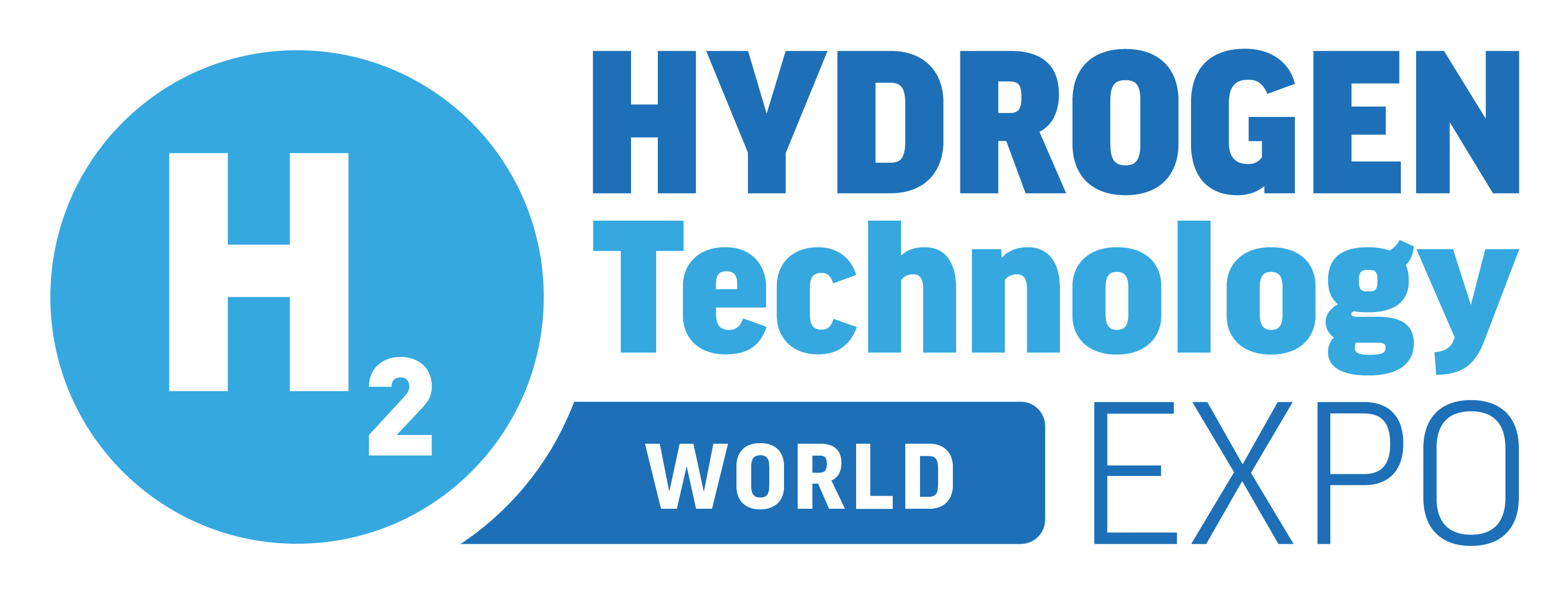

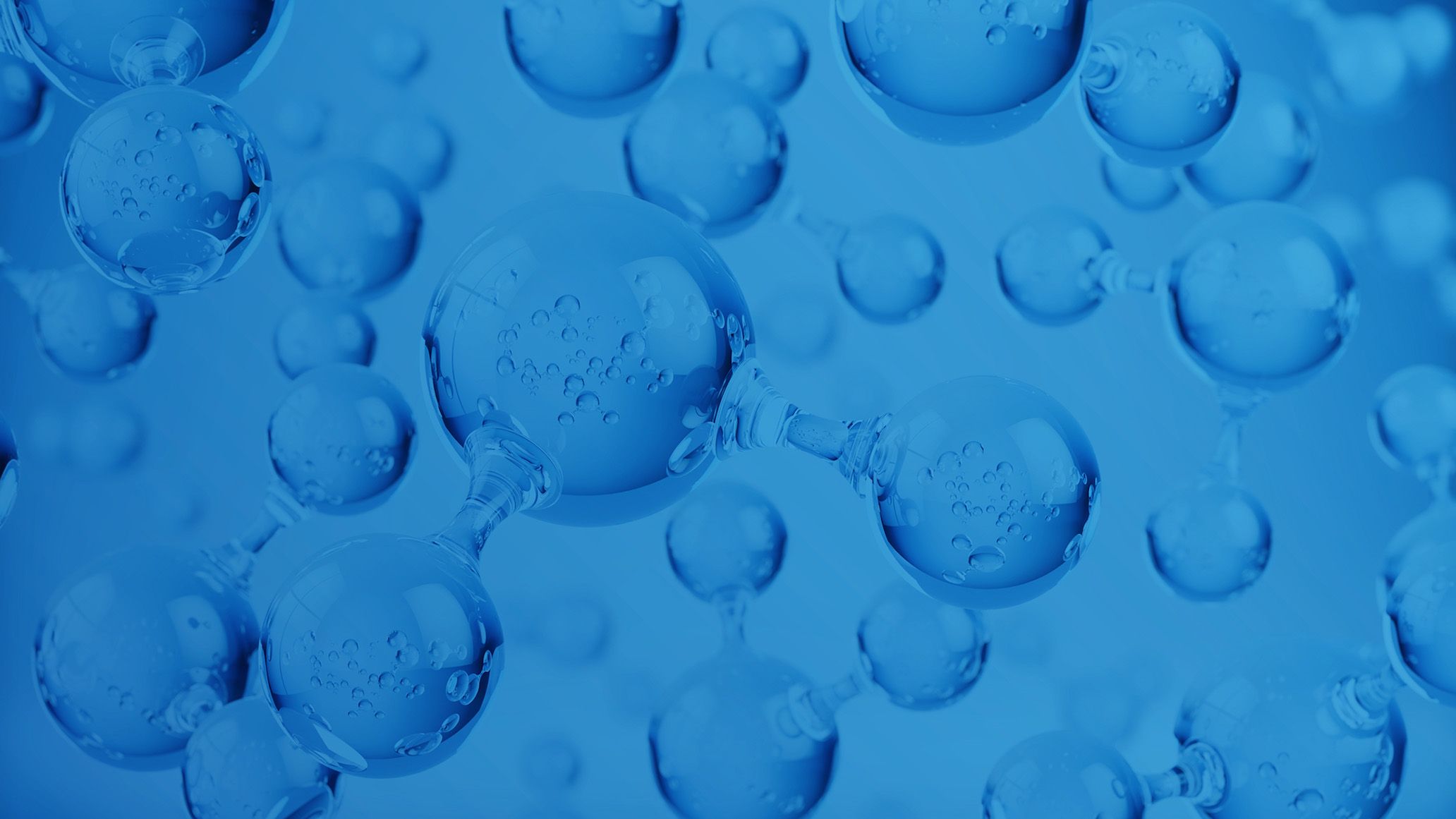

)
)
)
)
)
)
)
)
)
)
)
)
)
)
)
)
)
)
)
)
)
)
)
)
)
)
)
)
)
)
)
)
)
)
)
)
)
)
)
)
)
)
)
)
)

)
)
)
)
)
)
)
)
)
)
)
)

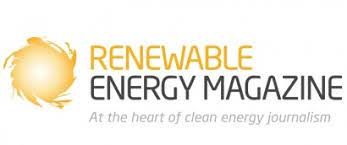
)
)
)
)
)
)
)
)
)
)
)
)

)
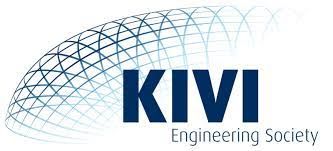
)
)
)

)
)
)
)
)
)
)
)
)

)
)
)
)

)
)
)
)
)
)
)
)
)
)

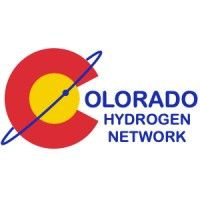
)

